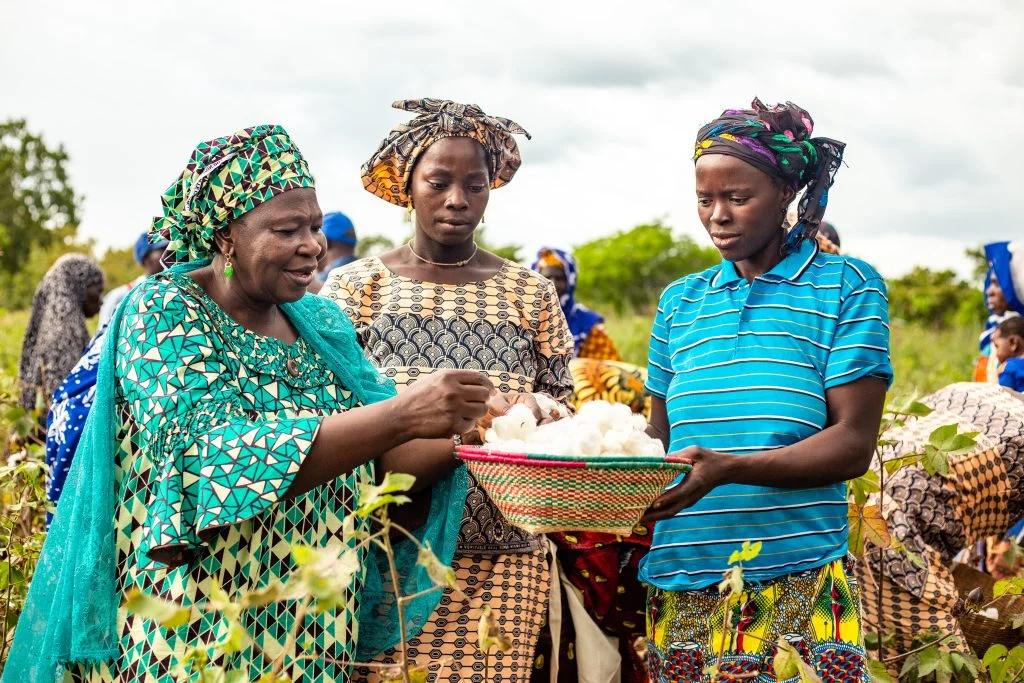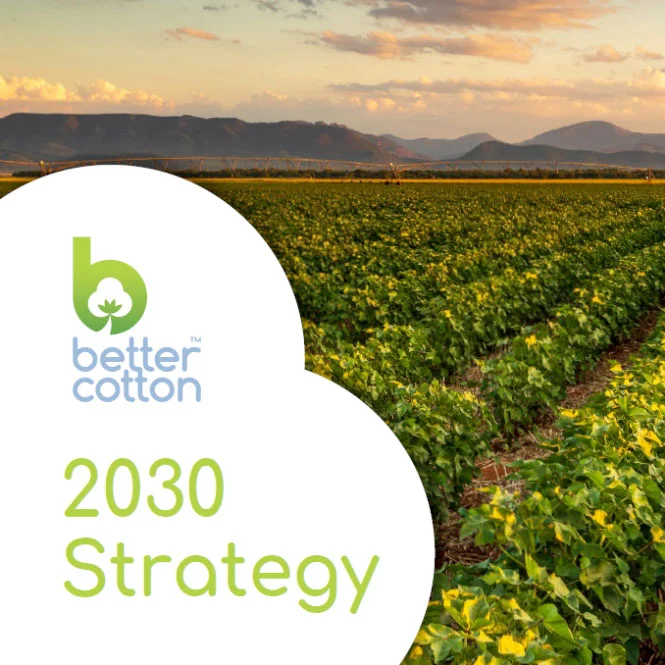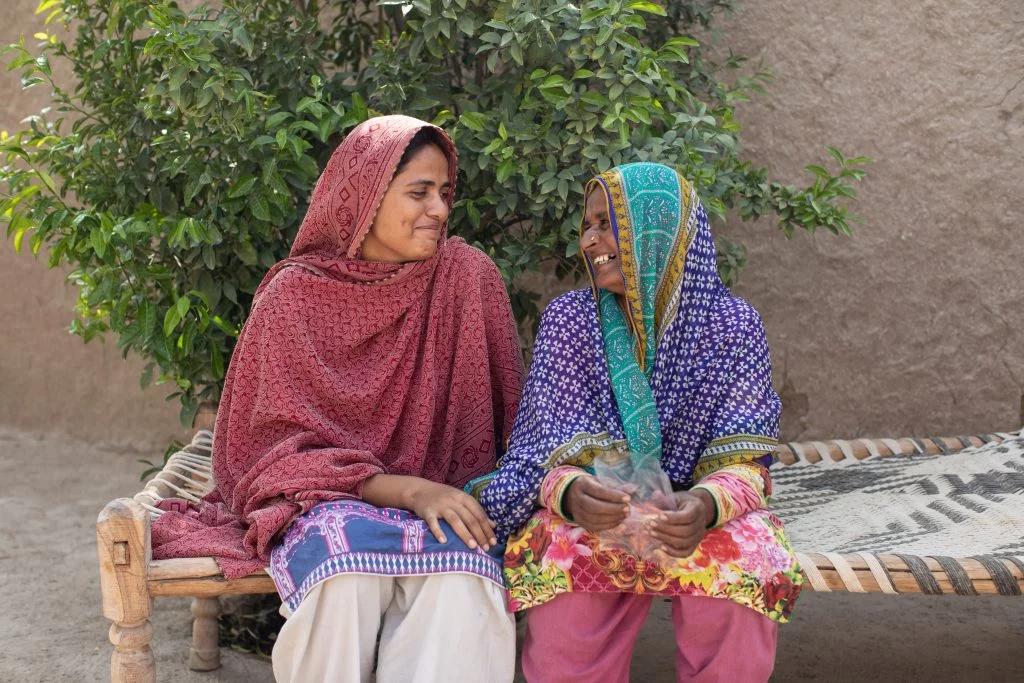- Who we are
- What we do
In just over 10 years we have become the world’s largest cotton sustainability programme. Our mission: to help cotton communities survive and thrive, while protecting and restoring the environment.
- Where we grow
Better Cotton is grown in 22 countries around the world and accounts for 22% of global cotton production. In the 2022-23 cotton season, 2.13 million licensed Better Cotton Farmers grew 5.47 million tonnes of Better Cotton.
- Our impact
- Membership
Today Better Cotton has more than 2,700 members, reflecting the breadth and diversity of the industry. Members of a global community that understands the mutual benefits of sustainable cotton farming. The moment you join, you become part of this too.
- Associate Membership
- Civil Society Membership
- Producer Organisation Membership
- Retailer and Brand Membership
- Supplier and Manufacturer Membership
- Find Members
- Member Monitoring
- Better Cotton Platform
- myBetterCotton
- Resources – Better Cotton Conference 2022
- Complaints
- Whistleblowing
- Safeguarding
- Get Involved in the Better Cotton Programme
- Thank you for contacting us
- Better Cotton’s Data Privacy Policy
- Log in
- Members’ Area
- Request for Proposals
- Better Cotton Cookie Policy
- Web Reference
- Measuring Cotton Consumption
- How to Implement the Chain of Custody Standard
- Resources – Better Cotton Conference 2023
- Certification Bodies Old
- Latest
- Sourcing
- Latest
The founding premise of Better Cotton is that a healthy sustainable future for cotton and the people that farm it is in the interests of everyone connected with it.
Let us help you find what you’re looking for
Results for {phrase} ({results_count} of {results_count_total})Displaying {results_count} results of {results_count_total}


By Alessandra Barbarewicz, Senior Decent Work Officer, Better Cotton
Gender equality is critical to advancing progress across all sustainability outcomes. This is especially true in the cotton sector, where women play a significant role in production. Increasing gender equality is crucial – it’s not just a matter of social justice, but also has proven economic and environmental benefits.
As part of Better Cotton’s 2030 Impact Targets, we have set the target of reaching one million women in cotton with programmes and resources that promote equal farm decision-making, build climate resilience, or support improved livelihoods. In addition, we have committed to ensuring that 25% of field staff are women with the power to influence sustainable cotton production.
In order to meet this target, we need to drive significant change over the next decade. That’s why, in the latest revision of our Principles and Criteria (P&C), the document which lays out the global definition of Better Cotton, we have made Gender Equality a cross-cutting priority across all of our Principles.
As compared to the previous version of the Principles and Criteria, in which Gender Equality was included under the Decent Work principle, v.3.0 incorporates gender throughout the whole document, recognising the critical role of women in cotton production. This revised approach aims to support Better Cotton’s efforts to tackle systemic gender inequalities and promote women’s rights by supporting their participation and inclusion. The updated P&C aims to foster women’s participation and inclusion in all farm activities, looking to achieve this through a number of new measures.
Firstly, throughout the updated document, we have moved away from a focus on farmers – in certain contexts traditionally identified with male heads of household – to all individuals involved in farm-level cotton production, to ensure that everyone is proactively included in activities related to the implementation of the Better Cotton Standard, regardless of their gender, status, background or other characteristics.
The revised standard also looks to acknowledge that disadvantage and discrimination are not experienced by women alone, and that systems of inequality based on gender, race, ethnicity, sexual orientation, disability, class and other forms of discrimination overlap and create unique dynamics and effects. As such, it highlights that power structures should be seen and addressed in an intersectional way.
Furthermore, we have introduced requirements to the Management Principle which call for a Gender Lead or Gender Committee to identify and effectively address local barriers to women’s inclusion. To comply with this criterion, Producers are required to appoint an individual or committee responsible for identifying and raising awareness on gender-related issues, and to implement their suggestions as part of the activity and monitoring plans.
Lastly, in order to ensure that gender equality is mainstreamed across every farm, assessments on Producers’ efforts to promote women’s inclusion and tackle gender inequalities are now integrated into a range of different indicators across all of our Principles. The full list of these indicators can be found in Annex 1 of the P&C v.3.0 (pages 84-89).
Through our Principles and Criteria and our work across the Better Cotton Standard System, Better Cotton has a significant opportunity to promote the reduction of systemic gender inequality and promote women’s rights by supporting their participation and inclusion. To find out more how the latest revision of the P&C will help us to tackle these challenges, click here.



